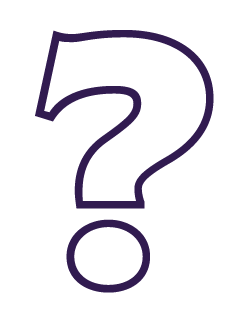16.4: Practices for Engaging Difference, Privilege, and Power
- Last updated
-
-
Save as PDF
Understanding the pattern of why those in power continue to stay in power is critical to our ability to intervene and create something different. While there are many cases of intentional oppression and minimization of differences, there are also many situations where individuals in the mainstream group are unaware of their own privilege and are unconsciously supporting and reinforcing the status quo.
Part of the practice of engaging difference differently, involves honing our tracking and observational skills; learning to recognize the patterns associated with systems that minimize and oppress differences. In addition to improving our awareness and analysis skills, it is also critical that we develop skills, capacity, and courage to interrupt the dominant system archetype; using the privilege and power we have to find places in systems where we can leverage change to make the system healthier. This might involve changing our own behaviors, illuminating and influencing system dynamics, or tending to the impacts of marginalization and oppression.
|

|
Pin it! Privilege and Power
Privilege is a system of advantages, opportunities, and choices not available to all.
- Privilege is contextual . We all move between sub-systems where we have different degrees of privilege (e.g., “at a social gathering my extroverted nature offers more privilege than when I’m in a silent retreat”).
- Unearned privilege does not result from merit, integrity, or personal choice (e.g., “I have a suite of choices and advantages that are available to me because I was born as a White person in this country”).
- Privilege rarely exists in a “have” or “have not” state. It is important to remember that we each have degrees of privilege.
Power is the capacity to exert influence or control in a system.
- Power can be accumulated from unearned privilege. It can also be earned – resulting from personal integrity (e.g., a person’s courageous actions can accrue respect and generate opportunities and influence).
- Power can be used to minimize and oppress difference (at individual, group and system levels) and create norms/structures that confer unearned privilege and power to a select few who embody certain characteristics. This is power over .
Power can also be used to create alliances and collaborations to change the ideology of oppression by transforming the norms and structures that would otherwise preference certain differences. This is power with. [263]
|
In many conversations about diversity, the terms power and privilege have taken on a negative connotation. And while power is often used to reinforce the status quo, minimize and oppress difference, and create norms/structures that confer unearned privilege and power to a select few, it can also be used to interrupt those cycles and create healthier systems.
As an example, we discovered the following story about a white woman who entered a popular women’s clothing store. After wandering around the store, she realized that all of the models in the big glossy photos on the walls were white. After some deliberation, she approached the store manager and pointed out this pattern and suggested that the photos be changed to include women of color. She said that she wouldn’t shop at a store that wasn’t making an effort to break the often unconscious patterns of white privilege. The store manager responded defensively, offering all of the reasons that the photos on the wall were out of her control. The customer pressed on, asking to file a formal complaint with the corporate headquarters. Upon leaving the store, the customer was stopped by an employee of color who told the customer that she had been waiting years for a white person to finally point out that pattern and use her white privilege and power to make a change. She explained that as a woman of color, any critique that she might offer about the racial identities depicted in the photos could too easily be explained away by “oversensitivity” or a “chip-on-the-shoulder.”
This story of solidarity illustrates a different practice for engaging difference, privilege and power. Rather than using the unearned privilege and power associated with her whiteness to reinforce the status quo (or simply ignore the issue completely), the customer in this example used her power to attempt to interrupt the cycle of oppression. [264]
|

|
Think About It…
What might this process look like in early care environments? How might early childhood professionals look closely at their environments to ensure that all are equitably represented?
|




